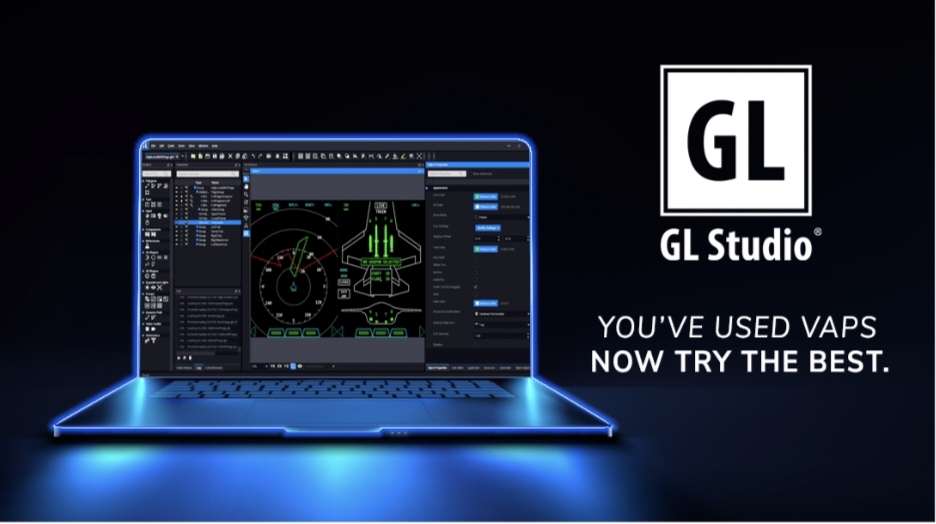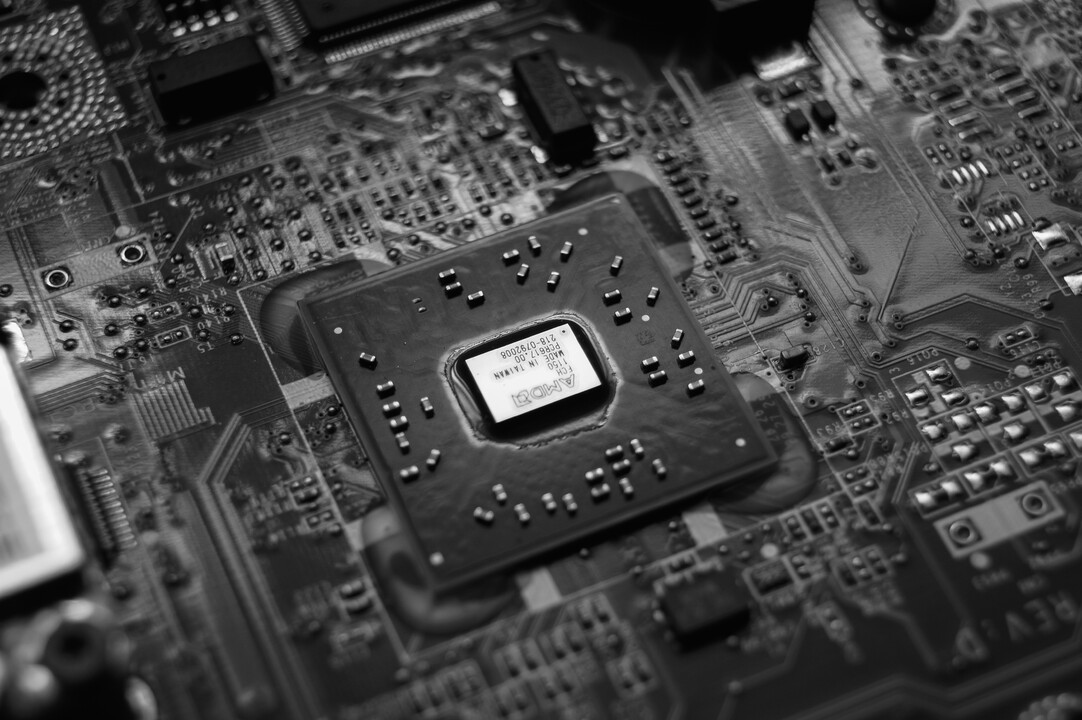Introduction:
In the captivating world of live performances, the role of stage lighting is paramount. The careful selection and use of stage lights contribute significantly to the atmosphere, mood, and overall impact of a performance. Understanding the different Types of Stage lights and their specific functions is essential for lighting designers, directors, and performers alike. This guide explores the diverse array of stage lights that illuminate the magic behind every live show.
Spotlight on the Spotlight
The spotlight is perhaps the most iconic and recognizable type of stage light. Its narrow, focused beam is ideal for highlighting individual performers or specific areas on the stage. Spotlights come in various sizes and intensities, providing versatility for creating dramatic effects or soft accents. The ability to control the size and shape of the beam makes spotlights an indispensable tool in the lighting designer’s repertoire.
Floodlights for Uniform Illumination
Floodlights, in contrast to spotlights, produce a broad and even wash of light, covering larger areas of the stage. These lights are essential for general stage illumination and creating a base level of brightness. Floodlights come in different types, such as wash lights and cyclorama lights, each serving a specific purpose in achieving uniform and consistent lighting across the performance space.
Wash Lights: Painting with Color
Wash lights are designed to bathe a large area of the stage in a smooth, even wash of color. These lights are versatile, allowing lighting designers to create a variety of moods and atmospheres by blending different colors. Wash lights are commonly used for background lighting, establishing the overall tone of a scene, or enhancing the visual appeal of set elements.
Fresnel and Ellipsoidal for Precision
Fresnel and ellipsoidal lights offer a high degree of precision in shaping and directing light. Fresnel lights are known for their soft edges and adjustable focus, making them suitable for general stage lighting as well as specific highlighting. Ellipsoidal lights, often equipped with adjustable shutters and gobos, provide sharp, well-defined beams that are perfect for isolating individual performers or set elements.
Gobos: Adding Texture and Patterns
Gobos, short for “go betweens,” are accessories used in conjunction with certain types of lights to project patterns or textures onto the stage. Gobos can be customized to create intricate designs, scenic elements, or even simulate natural effects like dappled sunlight. They add a layer of depth and visual interest to the stage, transforming a simple backdrop into a dynamic and textured environment.
Moving Lights: Dynamic Performers
Moving lights, or intelligent lights, are fixtures with motorized pan and tilt capabilities, allowing for dynamic movement and changing focus during a performance. These lights can create stunning visual effects, such as sweeping beams, rotating patterns, and intricate light displays. Moving lights are particularly popular in concerts, dance performances, and theatrical productions where dynamic and responsive lighting is essential.
Strobe Lights: Energizing the Atmosphere
Strobe lights are designed to produce brief, intense flashes of light at regular intervals. These lights are known for their ability to create high-energy, pulsating effects that synchronize with the beat of music or enhance dramatic moments on stage. Strobe lights are commonly used in concerts, dance clubs, and theatrical productions to add excitement and intensity to the performance.
LED Lights: Energy-Efficient Innovation
In recent years, Light Emitting Diode (LED) technology has revolutionized the world of stage lighting. LED lights offer energy efficiency, long lifespan, and the ability to produce a wide range of colors without the need for color filters. LED fixtures are versatile and can be used for various purposes, from accent lighting to dynamic color changes, contributing to the growing trend of sustainable and visually stunning stage designs.
Creating Depth and Dimension with Layered Lighting
One fundamental technique in stage lighting is the use of layered lighting. By combining different types of lights strategically, lighting designers can create depth and dimension on the stage. For example, using a combination of spotlights for focused highlights, wash lights for general illumination, and gobos to project patterns, a designer can shape the visual landscape and guide the audience’s focus.
The Power of Color Mixing and Blending
Color plays a crucial role in setting the mood and tone of a performance. Lighting designers often employ the technique of color mixing and blending to achieve the desired ambiance. Wash lights equipped with color-changing capabilities, LED fixtures, and gels allow for seamless transitions between hues. This technique is particularly effective in conveying shifts in time, emotion, or atmosphere throughout a production.
Dynamic Transitions with Moving Lights
Moving lights add a dynamic and kinetic element to stage lighting. The ability to pan, tilt, and change focus during a performance enables lighting designers to create dynamic transitions and follow the movement of performers. This technique is especially impactful in concerts, dance performances, and theatrical productions where fluid and responsive lighting enhances the overall visual narrative.
Gobos and Texture Projection for Visual Storytelling
Gobos, with their ability to project patterns and textures, serve as a powerful tool for visual storytelling. Lighting designers can use gobos to simulate natural environments, create architectural elements, or evoke specific emotions. By incorporating gobos into the lighting design, a production can achieve a level of detail and nuance that elevates the storytelling aspect of the performance.
Accentuating Moments with Spotlights
Spotlights are invaluable for accentuating key moments and drawing attention to specific performers or set elements. This technique involves carefully cueing spotlights to highlight entrances, solos, or pivotal scenes. The contrast created by a well-timed spotlight adds drama and focus, ensuring that the audience’s attention is directed precisely where it needs to be.
Strobe Lights for Dramatic Impact
Strobe lights, with their ability to produce rapid flashes of light, are a powerful tool for creating dramatic impact. Lighting designers can use strobes to punctuate intense moments, synchronize with musical beats, or enhance the energy of a performance. The controlled use of strobe lighting adds a dynamic and electrifying element to the overall visual experience.
Sculpting Space with Ellipsoidal Lights
Ellipsoidal lights, known for their well-defined beams and adjustable shutters, are instrumental in sculpting space on the stage. Lighting designers can use these lights to shape and control the focus of the beams, allowing for precise highlighting of performers or set details. This technique enhances the overall visual composition and contributes to a polished and professional look.
Seamless Transitions with LED Lights
LED lights, with their energy efficiency and versatility, offer the advantage of seamless transitions between colors and effects. This technique is particularly effective in creating dynamic and evolving lighting designs. LED fixtures can be programmed to change colors gradually, synchronize with music, or respond to specific cues, providing a level of control that enhances the visual continuity of a performance.
Conclusion:
Mastering the art of stage lighting goes beyond knowing the types of lights available; it involves understanding how to leverage different techniques to create a visually compelling and immersive experience. By incorporating layered lighting, color mixing, dynamic transitions with moving lights, and the strategic use of spotlights, strobes, gobos, and ellipsoidal lights, lighting designers can elevate a production to new heights. The seamless integration of LED lights showcases the industry’s commitment to innovation and sustainability, providing a canvas for designers to paint captivating visual narratives on the stage. As technology continues to advance, the artistry of stage lighting evolves, ensuring that each performance becomes a unique and unforgettable spectacle.




